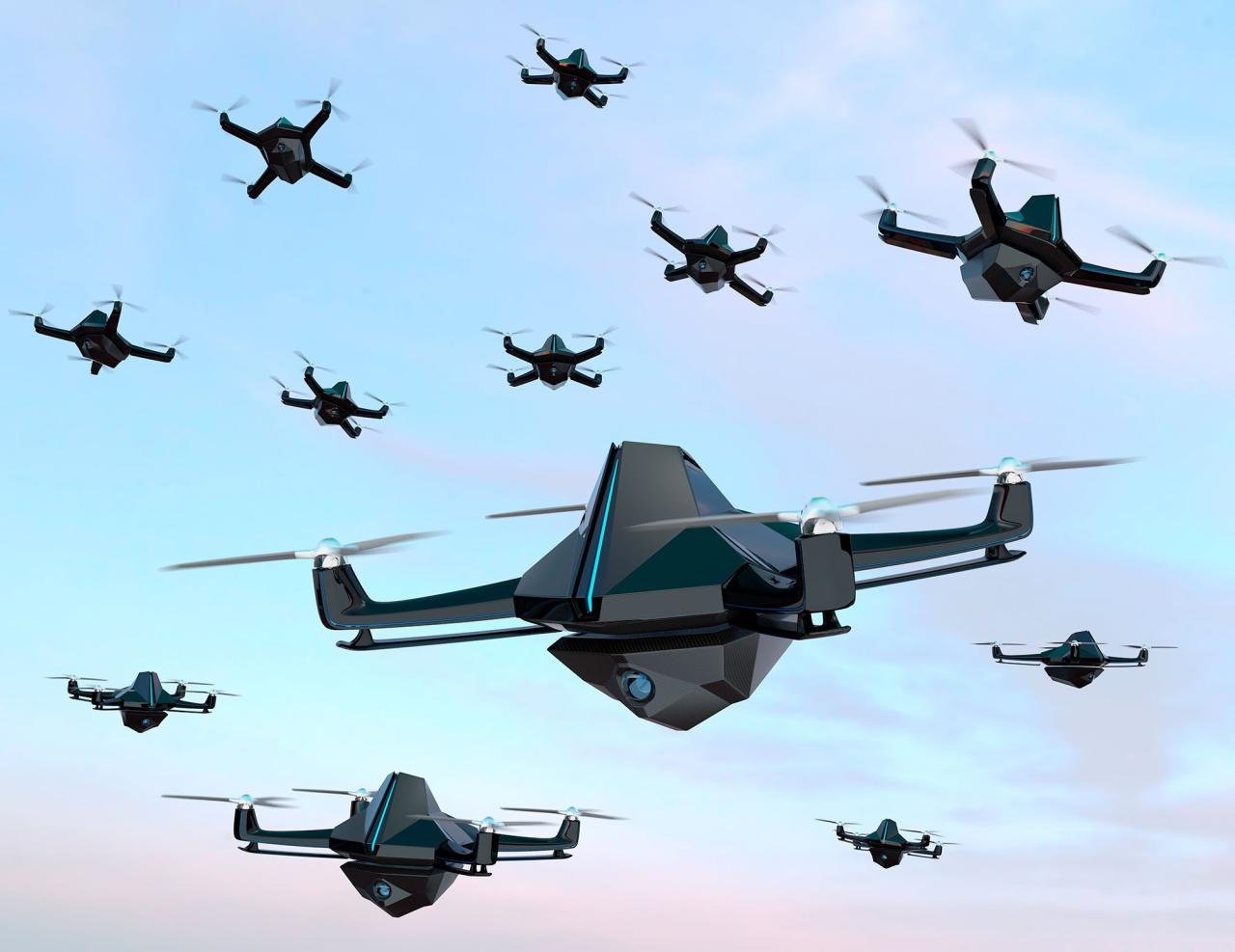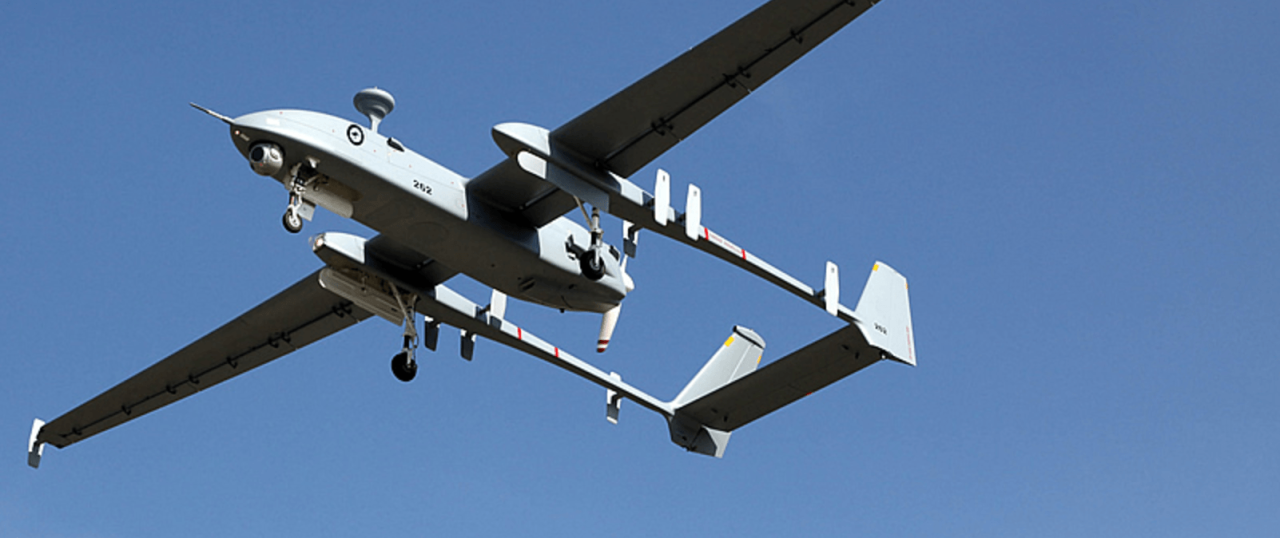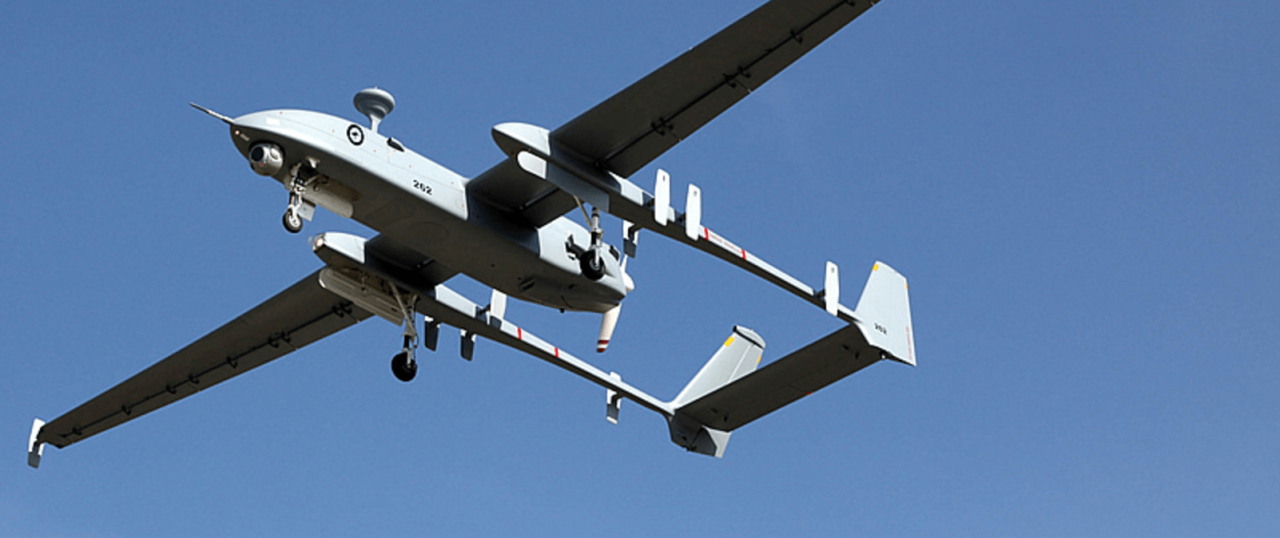Predator drones: Unmanned aerial vehicles (UAVs) that have revolutionized modern warfare and sparked intense global debate. From their initial deployment to their current sophisticated capabilities, these aircraft have dramatically altered military strategies and raised complex ethical questions. This exploration delves into the technological advancements, military applications, societal impacts, economic considerations, and future prospects of this controversial yet undeniably influential technology.
We’ll examine the evolution of Predator drone technology, from its relatively humble beginnings to its current state-of-the-art sensors, communication systems, and weaponry. We’ll also discuss the various models, their capabilities, and the challenges involved in their maintenance and upgrades. The strategic and tactical advantages in modern warfare will be explored, along with the ethical dilemmas surrounding their use in targeted killings.
Finally, we’ll look at the broader societal and political implications, including the economic impact and potential future developments.
Predator Drone Technology: A Deep Dive
Unmanned aerial vehicles (UAVs), often referred to as drones, have revolutionized modern warfare and surveillance. Among these, Predator drones stand out for their significant impact on military strategy and global politics. This article explores the technological aspects, military applications, societal implications, economic factors, and future trends associated with Predator drones.
Technological Aspects of Predator Drones
Predator drone technology has undergone significant evolution since its inception. Early models were relatively basic, but technological advancements have dramatically enhanced their capabilities, range, and payload capacity.
Predator drones, those unmanned aerial vehicles, are pretty sophisticated pieces of tech, right? Their AI-driven targeting systems are constantly evolving, and to keep up with the latest developments, you might need to check if your research tools are working; see if is chatgpt down right now before you dive into your next report on predator drone capabilities.
Understanding the ethical implications of this technology is just as crucial as understanding its mechanics.
Predator Drone Evolution and Key Components
The General Atomics Aeronautical Systems, Inc. (GA-ASI) Predator drone lineage began with the MQ-1 Predator, a relatively simple platform. Subsequent iterations, such as the MQ-9 Reaper, incorporated advanced sensors, communication systems, and weaponry. Key technological components include sophisticated electro-optical/infrared (EO/IR) sensors for target identification and tracking, satellite communication systems for long-range data transmission, and precision-guided munitions for targeted strikes.
Data processing and AI integration are also crucial elements enabling autonomous flight and target recognition capabilities.
Comparison of Predator Drone Models
Different Predator drone models offer varying capabilities tailored to specific mission requirements. The MQ-1 Predator, while older, remains useful for reconnaissance, while the MQ-9 Reaper boasts a larger payload capacity and longer endurance, ideal for strike missions. The future likely holds even more specialized models, perhaps with increased autonomy or specialized sensor packages.
Challenges in Maintaining and Upgrading Predator Drone Technology
Maintaining and upgrading Predator drone technology presents significant challenges. These include the need for specialized training, the cost of spare parts, and the constant need to adapt to evolving threats and technological advancements. Cybersecurity is also a major concern, with the potential for hostile actors to compromise drone systems.
Predator Drone Model Specifications
| Model | Payload (lbs) | Range (nm) | Endurance (hrs) |
|---|---|---|---|
| MQ-1 Predator | 600 | 1200 | 20 |
| MQ-9 Reaper | 3,850 | 1,850 | 27 |
| (Hypothetical Future Model) | 5000 | 2500 | 36 |
Predator drones, known for their military applications, are a far cry from the consumer drones you might find at a hobby shop. But understanding the technology behind them helps appreciate the advancements in civilian drone tech, like those offered by dji canada. Their consumer drones, while lacking the lethal payload, showcase impressive engineering and camera capabilities that are related to the sophisticated systems used in military drones.
So, next time you see a news report on a predator drone, remember the innovative technology behind consumer models.
Military Applications and Use Cases of Predator Drones
Predator drones have fundamentally altered modern warfare, providing significant strategic and tactical advantages. Their use, however, is not without ethical considerations and controversies.
Strategic and Tactical Advantages of Predator Drones
The use of Predator drones offers several key advantages in modern warfare. These include their ability to conduct persistent surveillance, their long range and endurance, their relatively low cost compared to manned aircraft, and their capacity for precision strikes. They can be deployed in dangerous or inaccessible areas, reducing risks to human personnel.
Examples of Successful Military Operations
Predator drones have played a crucial role in numerous military operations, including counterterrorism efforts in Afghanistan and Pakistan. Their ability to provide real-time intelligence and conduct targeted strikes has significantly impacted the course of these conflicts. Specific examples, due to operational security concerns, are often not publicly released in detail.
Ethical Considerations and Controversies
The use of Predator drones in targeted killings has raised significant ethical concerns, particularly regarding civilian casualties and the lack of transparency and accountability. The legal frameworks governing their use vary significantly across countries, leading to international debates and tensions.
Limitations and Vulnerabilities of Predator Drones
Predator drones are not without limitations. They are vulnerable to electronic warfare, jamming, and sophisticated air defenses. Their reliance on satellite communication systems can be a weakness in areas with limited or contested satellite access. Weather conditions can also significantly impact their operational effectiveness.
Predator drones, known for their military applications, are a far cry from the recreational drones you’d find at Best Buy. If you’re looking for a consumer drone, check out the selection at best buy drone to find something perfect for photography or hobby flying. Unlike the high-tech surveillance capabilities of a predator drone, these are designed for fun and easy use.
Hypothetical Military Operation Scenario
Imagine a scenario where a terrorist group is suspected of planning an attack. Predator drones could be deployed to conduct persistent surveillance of the suspected area, gathering intelligence on the group’s activities and movements. Once a suitable target is identified, a precision strike could be launched, minimizing civilian casualties.
Societal and Political Implications of Predator Drones
The widespread use of Predator drones has had a profound impact on international relations, legal frameworks, and public perception.
Impact on International Relations and Diplomacy
The use of Predator drones has strained international relations, particularly between countries that utilize them and those that oppose their use. Concerns about sovereignty violations and the potential for unintended consequences have led to diplomatic tensions and disagreements.
Legal and Regulatory Frameworks
The legal frameworks governing the use of Predator drones vary widely across countries. Some nations have established clear regulations, while others have yet to develop comprehensive legal frameworks. This inconsistency creates challenges for international cooperation and accountability.
Public Perception and Debate
Public perception of Predator drones is often divided. While some view them as effective tools for counterterrorism, others express deep concerns about their use in civilian areas and the potential for human rights violations. This has fueled significant public debate and activism.
Perspectives of Different Stakeholders

Governments often view Predator drones as a cost-effective tool for national security. Military officials emphasize their tactical advantages. Human rights organizations raise concerns about civilian casualties and due process. Affected communities often experience trauma and displacement. These varying perspectives highlight the complex ethical and political dimensions of Predator drone technology.
Potential Future Scenarios
- Increased autonomy and AI integration leading to less human oversight.
- Wider adoption by both state and non-state actors.
- Development of counter-drone technologies to mitigate threats.
- Escalation of drone warfare, potentially leading to new conflicts.
- Greater international cooperation to establish norms and regulations for drone use.
Economic and Industrial Aspects of Predator Drones
The Predator drone industry has significant economic and industrial implications, impacting national economies and creating a complex industrial ecosystem.
Economic Impact on National Economies
The production and maintenance of Predator drones generate jobs and contribute to national economies, particularly in countries with a strong aerospace industry. However, the costs associated with research, development, and deployment can also be substantial.
Industrial Ecosystem
The design, manufacturing, and operation of Predator drones involve a complex network of companies and organizations, including manufacturers of airframes, sensors, communication systems, and weapons. Specialized training and maintenance services are also crucial components of the ecosystem.
Cost-Benefit Analysis
Compared to traditional manned aircraft, Predator drones offer significant cost advantages in certain operational scenarios. Their lower operating costs and reduced risk to human personnel can offset the initial investment costs.
Key Players in the Industry

General Atomics Aeronautical Systems, Inc. (GA-ASI) is a major player in the Predator drone industry. Other companies contribute to various aspects of the supply chain, including sensor manufacturers, communication system providers, and weapons manufacturers.
Predator Drone Supply Chain
A simplified illustration of the Predator drone supply chain would start with raw materials like aluminum, composites, and electronics components. These are processed by various manufacturers into sub-assemblies (e.g., airframes, engines, sensor systems). These sub-assemblies are then integrated during the final assembly process at the main manufacturer’s facility, resulting in the complete drone. Quality control and testing are integrated throughout the process.
Future Developments and Trends in Predator Drone Technology
The future of Predator drone technology promises significant advancements, including increased autonomy, integration with other systems, and novel applications beyond military use.
Advancements in Predator Drone Technology
Artificial intelligence (AI) and machine learning (ML) will play an increasingly important role in future Predator drone development, enabling greater autonomy and improved target recognition capabilities. Autonomous operation will likely become more sophisticated, potentially reducing the need for human intervention in certain missions.
Integration with Other Military Platforms
Predator drones are likely to become increasingly integrated with other military platforms and systems, enhancing situational awareness and improving coordination between different assets. This could involve seamless data sharing and collaborative operations with manned aircraft, ground forces, and naval vessels.
New Applications Beyond Military Operations
Predator drone technology has the potential for applications beyond military operations, including environmental monitoring, search and rescue, infrastructure inspection, and disaster relief. Their ability to cover large areas and access remote locations makes them valuable tools in these fields.
Challenges and Opportunities of Proliferation
The proliferation of Predator drone technology presents both challenges and opportunities. The increased availability of these technologies could lead to misuse by non-state actors, raising security concerns. However, it could also lead to increased innovation and the development of more sophisticated and effective systems.
Ethical Guidelines for Future Predator Drone Technologies
Developing ethical guidelines and frameworks for the responsible development and use of future Predator drone technologies is crucial. These guidelines should address issues such as accountability, transparency, civilian protection, and the potential for unintended consequences. International cooperation and collaboration will be essential in establishing these frameworks.
Ultimate Conclusion

Predator drones represent a powerful and transformative technology with far-reaching consequences. While offering significant military advantages, their use necessitates careful consideration of ethical, legal, and societal implications. Understanding the technological advancements, military applications, and societal impacts is crucial for navigating the complex landscape surrounding this technology and shaping its future responsible development and deployment. The ongoing debate underscores the need for transparent discussions and the establishment of robust regulatory frameworks to ensure accountability and minimize harm.
Common Queries: Predator Drone
What are the main limitations of Predator drones?
Limitations include vulnerability to electronic warfare, reliance on satellite communication (which can be disrupted), limited payload capacity compared to manned aircraft, and susceptibility to weather conditions.
How much does a Predator drone cost?
The exact cost varies depending on the model and configuration, but estimates range from several million to tens of millions of dollars per unit.
What are some non-military uses for Predator drones?
Potential non-military uses include border patrol, search and rescue, environmental monitoring, infrastructure inspection, and disaster relief.
Who are the main manufacturers of Predator drones?
General Atomics Aeronautical Systems is a primary manufacturer, though other companies contribute to various aspects of design, manufacturing, and maintenance.
